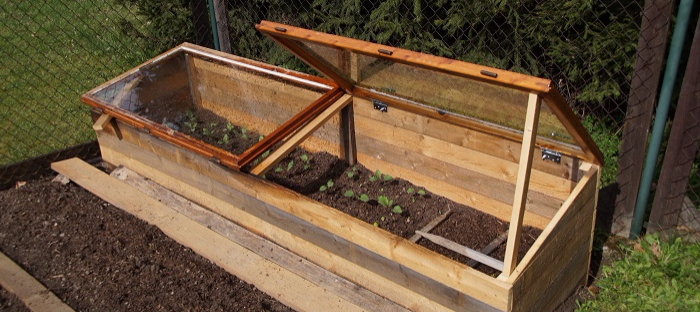1. Understanding Water Crystals:
Purpose and Function: Water crystals, also known as hydrogels or water-absorbing polymers, are granules that absorb and retain water, gradually releasing it to plants.
Gardening Application: Gardeners use these crystals in soil to improve water retention, reduce watering frequency, and aid plant growth, especially in drought-prone areas.
2. Environmental Concerns:
Biodegradability: One concern is the potential environmental impact due to the polymer’s non-biodegradable nature, posing challenges for decomposition and long-term environmental persistence.
Soil and Ecosystem Impact: Over time, accumulation of these crystals in soil may alter its composition, affecting microbial activity, nutrient availability, and soil structure.
3. Risk of Soil Contamination:
Chemical Leaching: There are concerns about chemicals leaching from these polymers into the soil, potentially affecting soil health and surrounding ecosystems.
Impact on Water Quality: In certain conditions, breakdown of water crystals might release residual chemicals, raising concerns about water contamination in runoff.
4. Considerations for Wildlife and Plants:
Wildlife Hazards: Ingestion of water crystals by wildlife or pets could pose health risks due to their non-digestible nature, potentially causing blockages or other issues.
Plant Health Implications: Improper use or excessive application of water crystals may lead to overwatering, root suffocation, or hinder natural moisture regulation in plants.
5. Mitigation and Responsible Use:
Alternative Options: Exploring natural, eco-friendly alternatives like compost, mulch, or other organic soil amendments could reduce reliance on water crystals.
Proper Application: Using water crystals judiciously, following recommended guidelines, and understanding their limitations can mitigate potential environmental risks.
6. Research and Regulation:
Scientific Studies: Ongoing research is essential to comprehensively understand the long-term effects of water crystals on soil ecosystems and the environment.
Regulatory Oversight: Authorities may consider regulating the use of water crystals, imposing guidelines or restrictions based on environmental impact assessments.
7. Balancing Benefits and Risks:
Benefits in Water Conservation: Water crystals can aid in water conservation, especially in arid regions or during droughts, potentially offsetting water usage for gardening.
Sustainable Practices: Integrating sustainable gardening practices and considering the broader environmental impact helps balance the benefits against potential risks.
8. Public Awareness and Education:
Informing Gardeners: Educating gardeners about the proper use, limitations, and potential environmental consequences of water crystals encourages responsible and informed gardening practices.
Encouraging Alternatives: Promoting eco-conscious alternatives and fostering awareness of sustainable gardening practices supports environmentally friendly choices.
Conclusion: While water crystals offer benefits in water conservation and plant hydration, concerns about their environmental impact, including soil contamination, biodegradability, and potential hazards to wildlife and ecosystems, warrant careful consideration. Responsible usage, research into alternative options, regulatory oversight, and educating gardeners about their ecological implications are crucial in balancing the advantages and environmental concerns surrounding the use of water crystals in gardening



